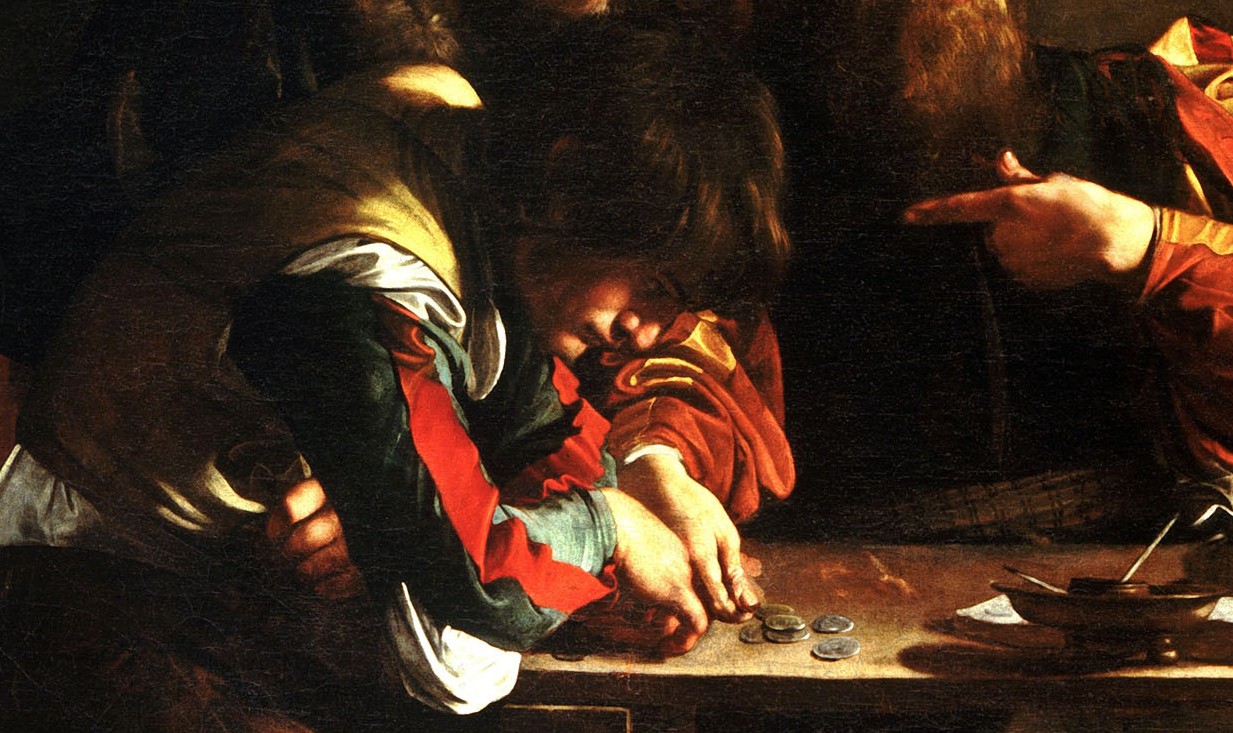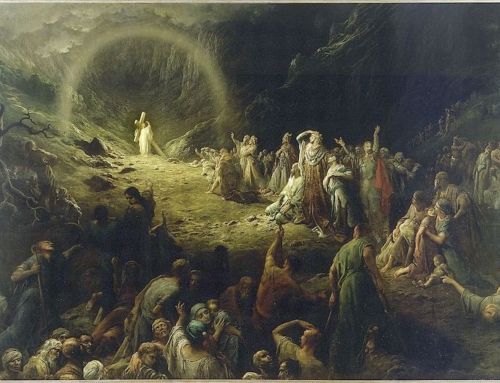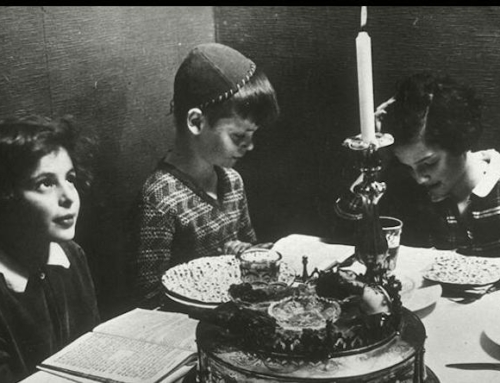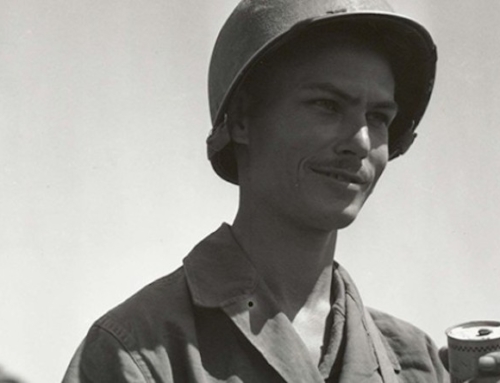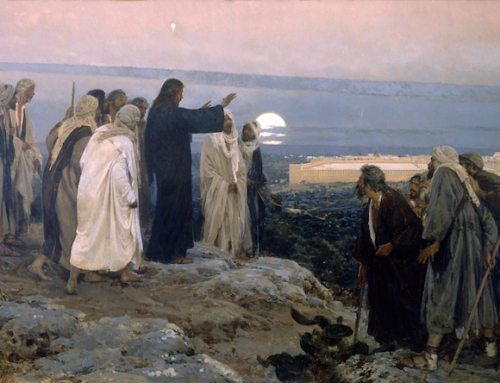St. Pio of Pietrelcina was a Franciscan priest living in the small Italian village of Pietrelcina between 1887 and 1968. The center of his life was Jesus Christ in the Holy Sacrifice of the Mass. He deeply desired to unite himself to Christ’s passion and would be drawn into mystical prayer for hours while celebrating mass. Padre Pio embraced the challenges of being a disciple of Christ and the unique sufferings of the stigmata, which God gave him to draw him closer to Jesus, the source of his joy.
His parishioners sensed his dedication to Jesus and sought him out for prayer, counsel, and confession. The Lord gave him amazing graces as a confessor, and he put these gifts to good use spending most of his day in the confessional. Over decades he worked as the Lord’s instrument in the sacrament of reconciliation, hearing the confessions of many thousands of people who traveled from all over the world.
Graham Greene, a famous British author, entered the Catholic Church in 1926 before marrying his wife, Vivien. But Greene struggled to overcome sexual sin, indulging in a series of affairs. In 1949, he visited a Franciscan monastery with his mistress, Catherine Walston, where he heard Padre Pio say Mass. The holy priest’s stigmata “profoundly moved” him, and he lost “the sense of time” during Mass. Yet when, through a messenger, Padre Pio invited Greene to meet him, his reaction was, “I didn’t want to change my life by meeting a saint. I felt that there was a good chance that he was one.”
While Greene certainly admired Padre Pio and marveled at seeing him, he was afraid to accept his invitation because he knew that in meeting the saint he would encounter Jesus. While Padre Pio was certainly famous for dispensing the mercy of Jesus in the confessional, Greene knew this was an invitation to the conversion, change of life, and challenges that Jesus gives us on our way to ultimate joy in him. Sadly, Greene rejected the invitation and remained trapped in his tumultuous ways.
This week we will have the opportunity to meet another famous imitator of Jesus Christ and St. Francis during the Pope’s visit to the United States. While he bears no visible wounds of Jesus, Pope Francis is notably conformed to Christ in his imitation of the Lord’s poverty, simplicity, and humility. He is also, as the successor of St. Peter, the vicar and mouthpiece of Jesus Christ on earth. It is through him that Jesus Christ is present and speaks to the world in a special way. At times, the voice of Christ speaking through the Pope changes both individuals and nations who are willing to listen. Perhaps that is why China and certain other oppressive countries are afraid to let the Pope, as representative of Jesus Christ, into their county, while allowing the president of the United States, as leader of the “free world,” the opportunity to visit.
Jesus brought unparalleled love, mercy, hope, and joy to the world. But he also challenged everyone. He humbled the proud and relativized the powerful of the world, reminding them they had only what was given to them from above. He challenged the sick, the blind, and the lame to have faith in him so that they might be healed, see, and walk. He challenged the poor and those who mourn to find beatitude in God, and the rich to share their wealth so that they might have eternal riches in heaven. He challenged the legalistic to show mercy. He challenged the devout young man to give everything. To the sinful, he extended forgiveness but also the merciful truth that challenges: I will help you, now “go and sin no more.”
Great crowds were drawn to Jesus. Some wanted to see a spectacle. Others hoped Jesus would be their great political leader. But he disappointed such expectations by giving the world so much more—a supreme gift of love and an invitation to respond. Jesus promises supreme happiness and his constant help to reach it, but he is honest about the total conversion this will require and gives us the choice to accept or to reject his invitation.
This week Pope Francis will deliver once more this invitation of Jesus Christ to the United States, and with that invitation will come a challenge to all of us. He will draw crowds, headlines, and news coverage. Some will seek to make him a mouthpiece of a safe, narrow, human ideology. But to those who are hoping to find merely a political solution, a re-articulation of their own teaching, just one more call to activism, a certain stance on certain issues, or vague soothing platitudes—and to any of us who hope to see someone else challenged—listen up!
Pope Francis is here to present Jesus Christ—the way, the truth, and the life—who offers us eternal, infinite beatitude but demands our whole self. The question is, will we open our hearts to this encounter and give ourselves over to Jesus, or will we admire the spectacle from a safe distance, like Greene watching Padre Pio, and flee, comforting ourselves with the illusion that we’re really fine as we are, and distracting ourselves with silly, finite, little goods that ultimately trap us in misery?
May God give us the grace to heed the words of Jesus, repeatedly proclaimed through his vicars: “be not afraid” and “come follow me.”
✠
Image: Caravaggio, The Call of St. Matthew (Detail)

